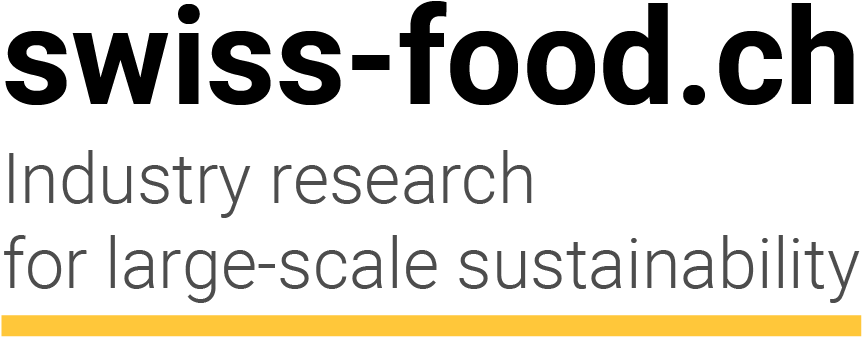
13 Megatrends: 'Avalanches in slow motion'
The world is changing. The complexity is great and that makes it difficult to keep track in everyday life. Megatrends provide orientation here. They outline the main lines of change. Megatrends are valuable navigation aids to classify and understand change. The Zukunftsinstitut describes megatrends as 'avalanches in slow motion'. This image describes the phenomenon well. Megatrends develop slowly, but have an enormous impact on the economy and society. They determine our future life.
Monday, November 1, 2021
The most important facts in brief
- Megatrends determine the development of the world for several decades.
- They initiate paradigm shifts and lead to profound social change.
- swiss-food.ch examines current developments in agriculture and nutrition from the perspective of comprehensive sustainability and resource efficiency and assigns them to various megatrends.
There is no exhaustive list of megatrends. Think tanks, consultancies as well as financial institutions use different categories and set their own priorities when it comes to megatrends. swiss-food.ch addresses the megatrends that affect agriculture, production, processing and reuse of food and nutrition. This from the perspective of comprehensive sustainability and resource efficiency.
According to the description of the Zukunftsinstitut, the megatrends will determine the development of the world for decades and have an impact on many areas of society. They have a global impact, are multi-layered and complex. Here is an overview of the central megatrends that we address within the framework of swiss-food.ch and in the context of the discussion on nutrition. Climate change and resource scarcity are, to a certain extent, the basis for many megatrends, but in some cases they are also counted among the megatrends. Because these two developments are of great importance for the agriculture and food sector, we are including them in the list.
1. Climate change
Climate change directly affects agriculture. Storms and droughts reduce yields. The amount of usable land is decreasing due to salinisation and desertification, and warming is changing the vegetation. Drinking water is becoming scarce, new pests and plant diseases are appearing. At the same time, in Switzerland agriculture is responsible for around 14 percent of the Swiss greenhouse gas emissions. Through climate-friendly cultivation methods, agriculture can promote carbon fixation in the soil (carbon sequestration) and make an active contribution to climate neutrality.

2. Resource scarcity
Limited resources are the basis and driver of economic activity. The scarcity of resources demands efficiency. Particularly in agriculture and the food industry, input and output must be in balance; the motto is "grow more with less". Otherwise, resources will be wasted and land will be consumed excessively. The consequences of inefficiency can also be "food loss" in the field or "food waste" at the end consumer. The scarcity of resources calls for comprehensive sustainability and circular thinking. Climate change increases the pressure for efficient use of scarce resources. Climate change is also accelerating water scarcity. It rains less, more irregularly or so heavily that it causes flooding. The combination of rising temperatures, water scarcity and flooding is a fatal mix for agricultural areas. There is also a link between water scarcity and famine crises. When water is lacking in a region, farmers are the first to feel the effects.
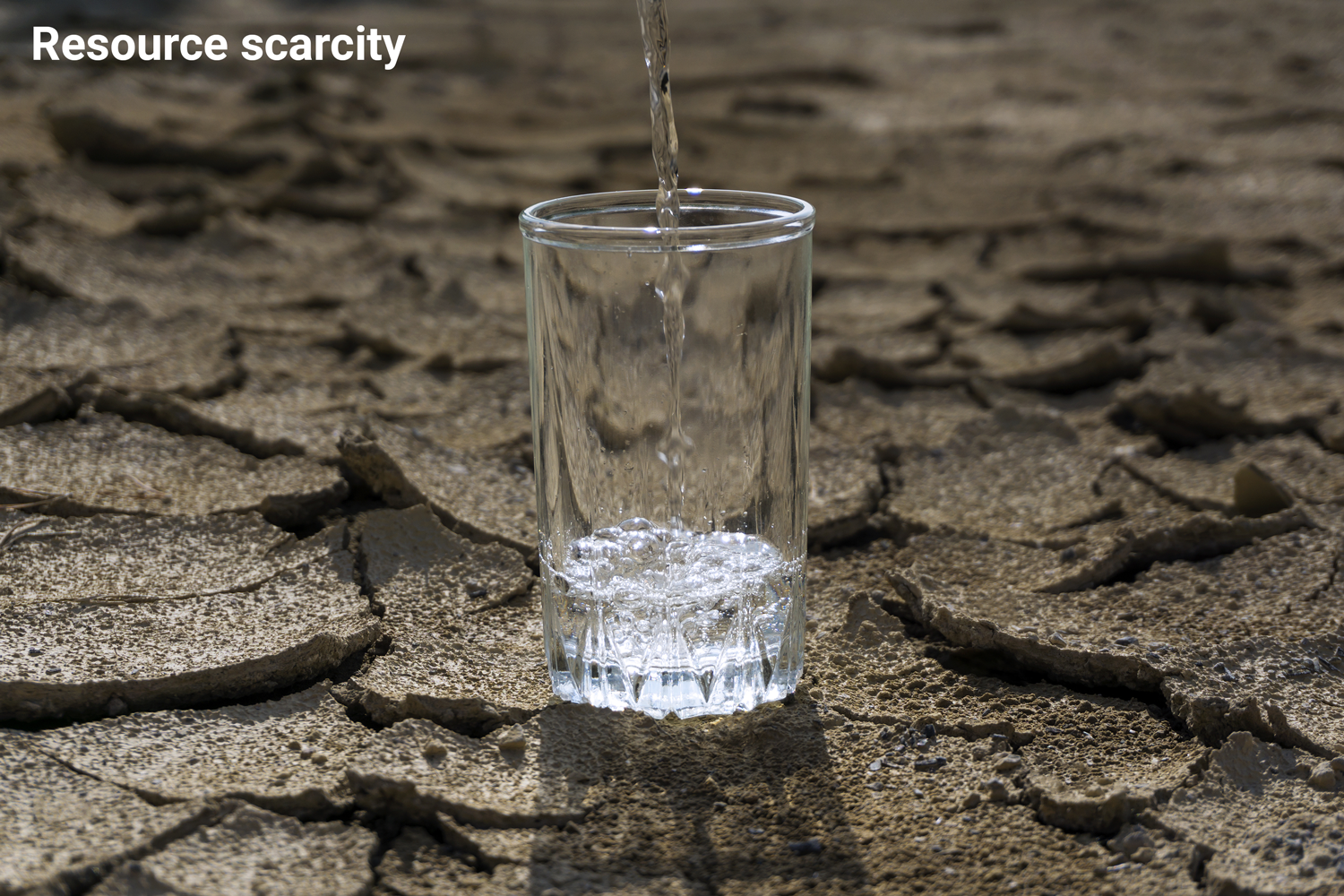
3. Ecology
Ecology is not a niche, but a broad trend. It is becoming a social movement and a central economic factor. Ecological behaviour or so-called eco-intelligence, demands science-based, comprehensive sustainability. From the organic boom to the sharing economy to zero waste. The megatrend of ecology necessarily includes innovation - for example in the field of biotechnology and new genetic engineering processes to create comprehensively sustainable products and solutions.

4. Knowledge society
The world is getting smarter. The level of education is rising globally, creating the conditions for a knowledge society. Knowledge is available at all times and can be accessed digitally. Networking and the availability of both traditional and new knowledge are also increasing in the agricultural and food sector. Knowledge creates the prerequisite for innovation. The result is progress in productivity and more sustainable systems.
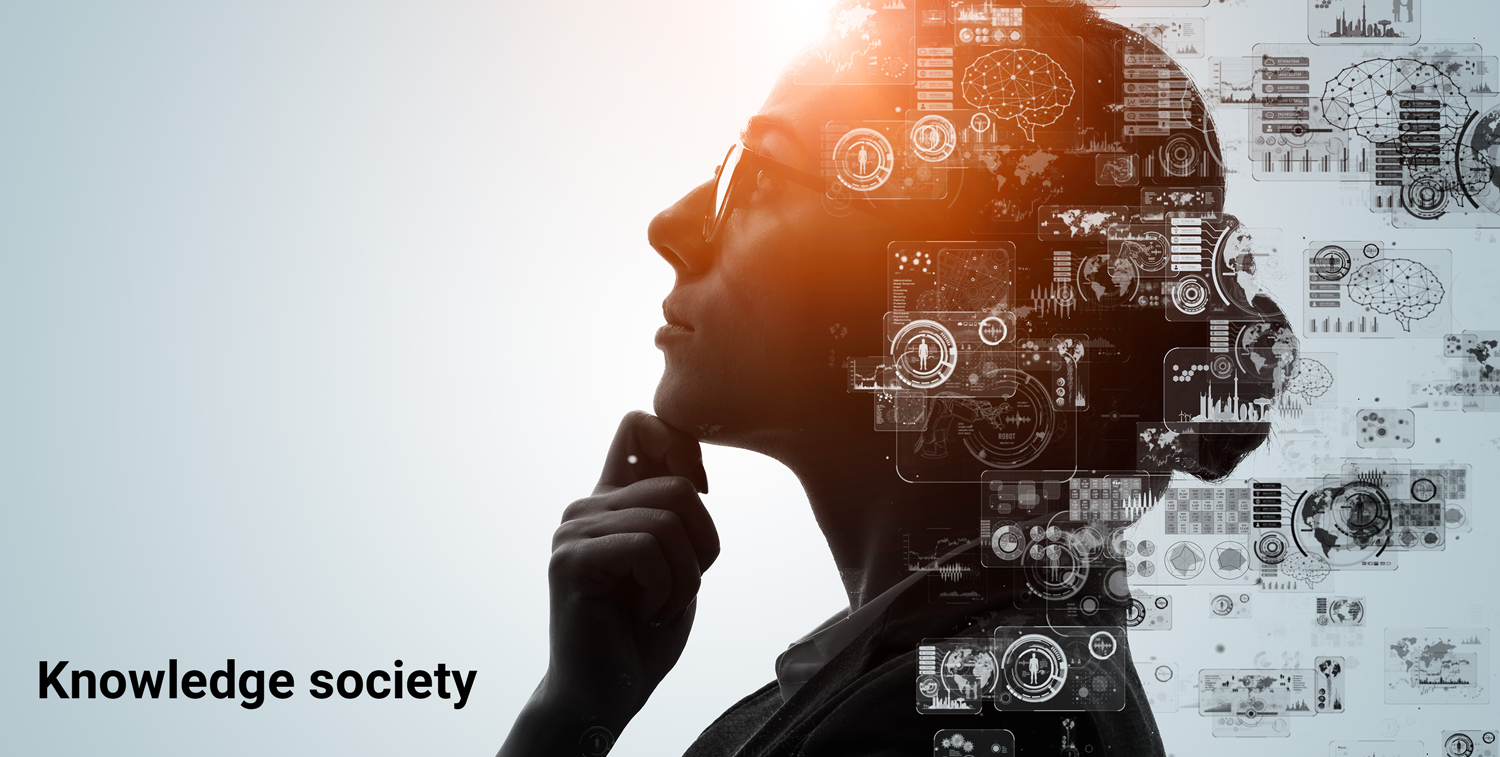
5. Health
Health awareness is becoming a driving force in society. It has a great deal of appeal. Good health is becoming a goal in life and is a sign of quality of life. Companies are increasingly recognising that health is not just an individual concern, but a key factor for productivity, innovation and resilience. There is a shift from healing to prevention. Health is closely linked to exercise and a healthy diet. Agriculture and the food industry are aligning themselves with the megatrend. New needs are emerging, such as for alternative proteins from the laboratory, plants or algae, because these are not only considered to be good for one's own health, but also for the environment and the entire planet. Personalised nutrition includes nutrition plans tailored specifically to the individual, including nutritional supplements. Longevity is becoming the new guiding principle: targeted nutrition, exercise, cold and heat stimuli, and intermittent fasting are not only intended to prolong life, but also to achieve an overall high quality of life in old age.

6. Digitalisation
Digitalisation is not stopping at the agriculture and food industry. Research is increasingly based on mathematical models. From new breeding methods to drones and hacking robots, many new technologies are based on digital systems. Together with digitalisation, this is creating the conditions for artificial intelligence. The new technologies support comprehensive sustainability and ensure more informed and data-based decisions - from farming to processing and trade to the consumer.

7. Connectivity
Based on digital transport infrastructures, connectivity is causing a profound change. With connectivity, the world is becoming a global village. Global economic structures and social exchange are gaining importance. New business models are emerging. The agricultural and food economy is also becoming more global: thanks to cheap transport, food can be imported from everywhere. The question of where what can be produced in the most resource-efficient and climate-friendly way is gaining in importance. And with it, the demand for standards to measure comprehensive sustainability.

8. Demography
The world population is growing. The UN expects that by 2050, there will be 9.7 billion people living on the planet. In addition, people are living longer. However, this is not happening at the same time everywhere. Migration plays an important role in balancing different age structures. Generations, cultures and lifestyles and trends such as longevity mix. However, the fact remains that everyone needs to be fed. This development, combined with climate change, is placing a heavy burden on food systems. Agricultural productivity must increase. At the same time, the climate, soil and biodiversity must be protected. And new eating habits and new forms of food production are needed. The keywords here are regenerative agriculture and food supplements.
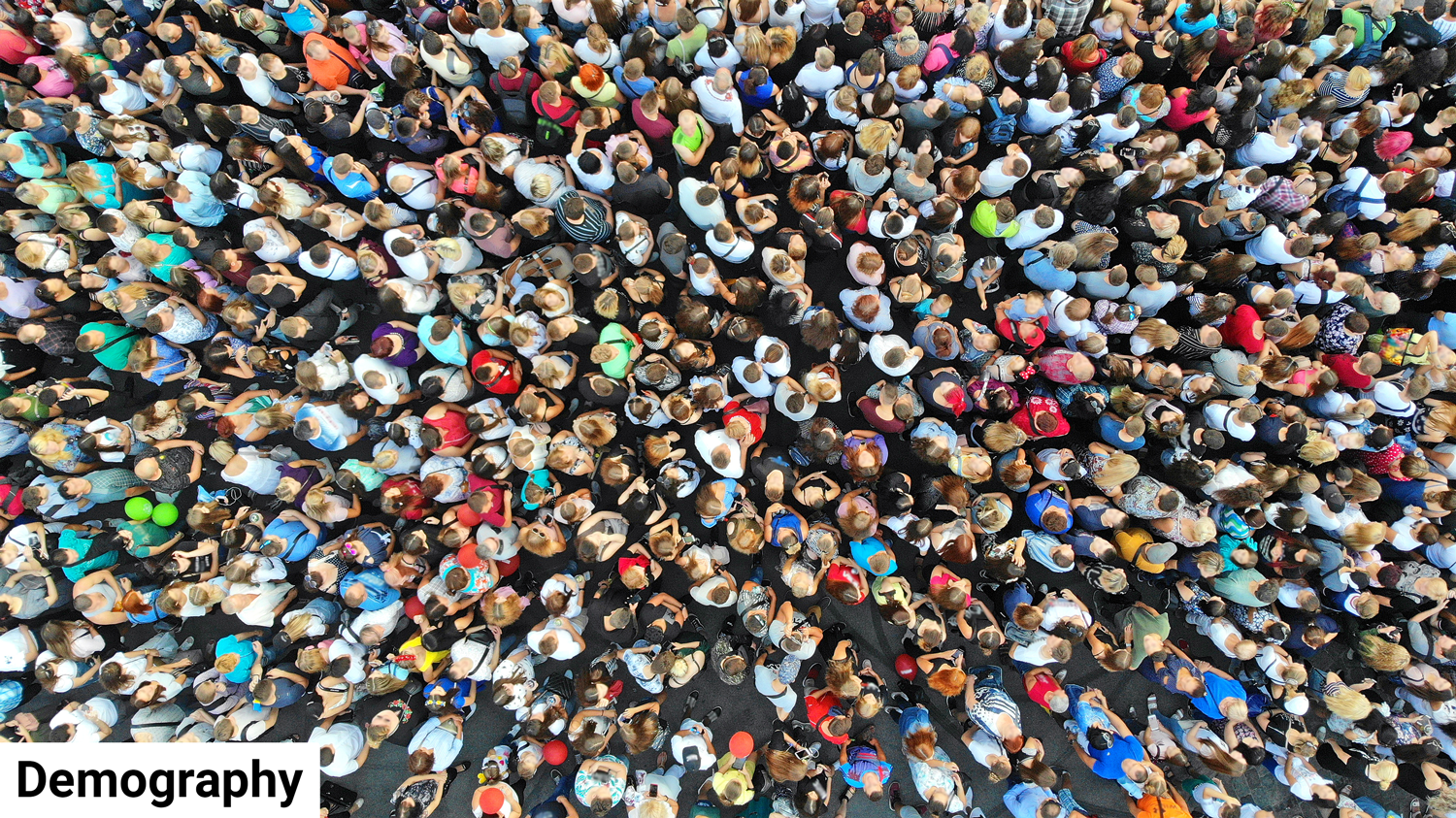
9. Urbanisation
Globally, urbanisation is occurring at a breathtaking pace. The United Nations estimates that by 2050, around 70 percent of people will live in cities. Many of these cities are so-called megacities with more than 10 million inhabitants. This development poses new challenges for the supply of agricultural products to the population. New forms of agricultural production such as «urban farming» can contribute, at least in part, to supplying the urban population.Supplementary nutrients and laboratory-based foods will become more important. Keywords here are alternative proteins such as «plant-, insect- or algae-based» food and feed or meat from the laboratory. At the same time, it is important to keep agriculture attractive as a profession and to make it attractive for young people and women in rural regions to feed the urban population.
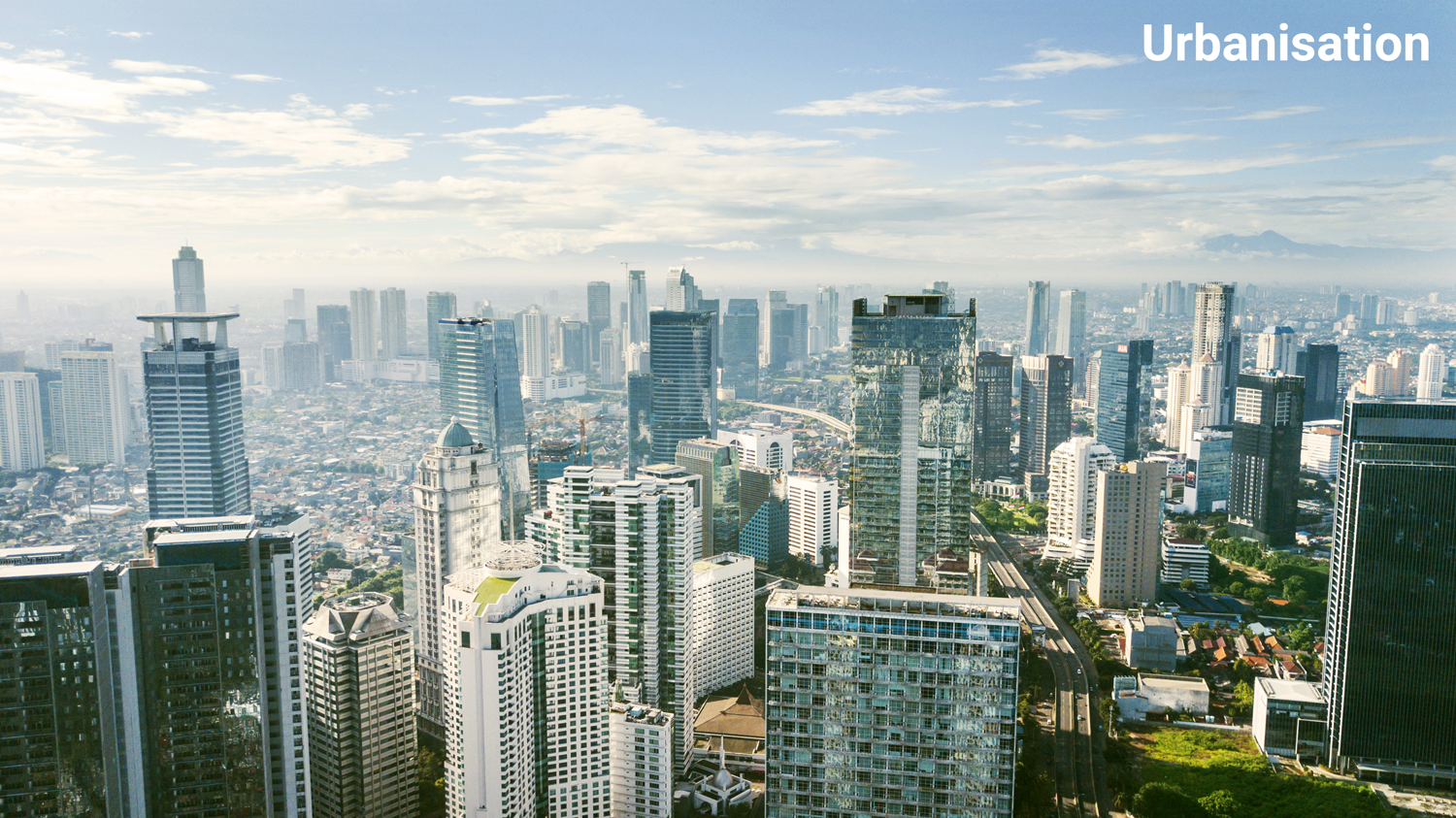
10. Globalisation
Globalisation describes the growing together of the world's population and economic systems. Everything becomes simultaneous and influences each other. The division of labour and the exchange of ideas and goods is increasing. Globalisation describes a simultaneity of the world. It also affects the agricultural and food economy: due to global trade and climate change, the migration of harmful organisms is also increasing, affecting biodiversity areas and agricultural unprepared. A pandemic like COVID-19 was also able to spread more quickly because of globalisation. The megatrend of globalisation will probably be slowed down somewhat by this pandemic and policies of individual countries. It will hardly be reversed because of the advantages of a comparative division of labour and international networking.
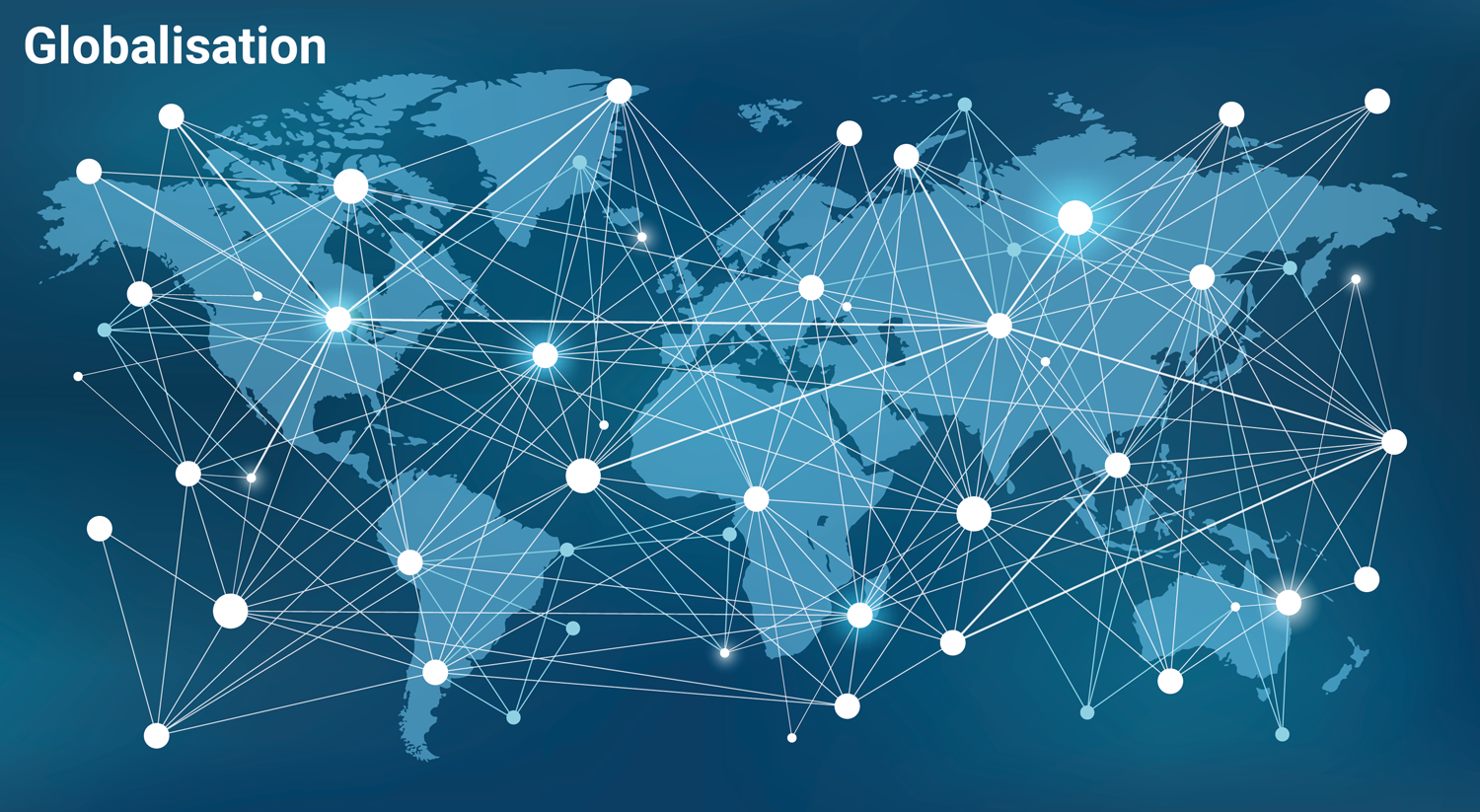
11. Multipolar world
After the end of the Cold War, the USA and the West dominated. But the world is changing. China and, by far, India are becoming economic heavyweights and power blocs. Other countries in Asia, Africa and South America have a younger population than the «old» world and therefore also great development potential. The world is becoming multipolar.
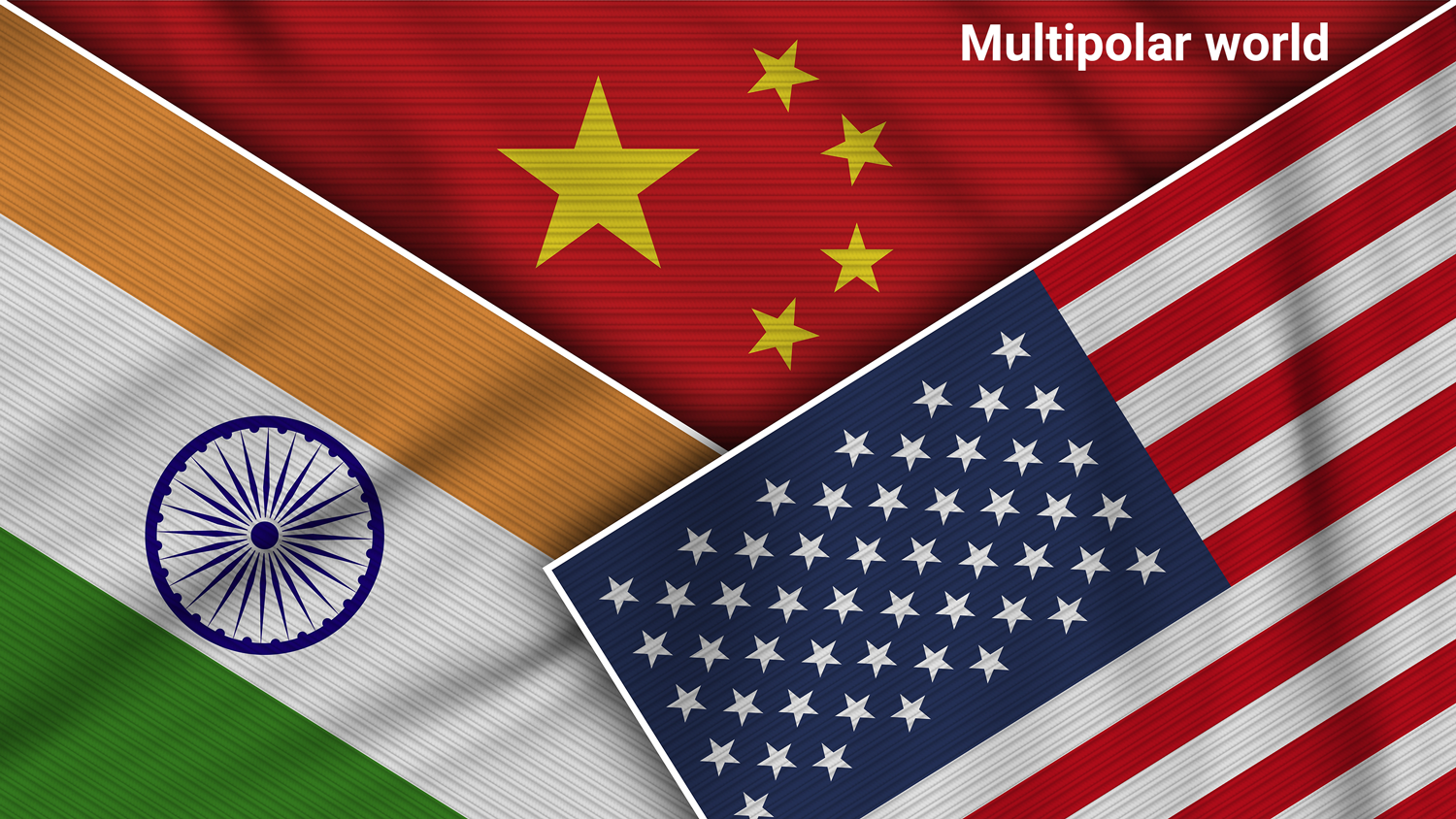
12. Security
In a globalised and digitalised world, security is increasingly becoming a central megatrend. Cybersecurity, data protection and new ‘trust technologies’ such as blockchain are essential to ensure trust in digital systems. This is also established through ethical guidelines that, among other things, ensure that technologies such as artificial intelligence (AI) and data processing are used responsibly. AI also offers great opportunities for agriculture.
Social security is also playing an increasingly important role. Economic uncertainties and the growing world population are challenging traditional social security systems. Topics such as food and nutrition security are also becoming increasingly important: crop failures, climate change and geopolitical uncertainties are threatening the food supply – both globally and in Switzerland (food security). To ensure food security, food production productivity must be increased. This is only possible with an open mind towards technology and the adaptation of new technologies. Food safety is also crucial for consumers.

13. The future of work
The world of work has been undergoing a profound transformation for several years. Digital technologies such as artificial intelligence and changing social values are redefining work. Flexibility is also a key driver of the new world of work. Remote work, hybrid models and project-based structures are increasingly shaping companies.
The megatrend ‘Future of Work’ goes beyond classic new work models and reflects global challenges and opportunities. ‘AI leadership’ and digital work skills are becoming increasingly important, and so-called explorer networks, which promote the global exchange of knowledge across industry and national borders, are also gaining relevance.
Technological progress is opening up promising prospects in agriculture in particular. Harvesting robots, for example, help to counteract the shortage of skilled workers, while drones enable more precise and resource-efficient field management. In China, machines are already in use that are relieving tea pickers of work – an example of how innovation increases efficiency while also reducing the workload on the labour force.
The future of work will be shaped not only by technology, but also by new forms of collaboration and the global exchange of knowledge.

Related articles

Residues, thresholds, trust – looking calmly behind the headlines
In this conversation with toxicologist Lothar Aicher, the discussion focuses on how residues enter the body, how their potential harm is assessed, and what role modern analytical methods play.

Hazard is not the same as risk: how we understand – and should understand – threshold values
In this episode of the podcast, risk researcher Angela Bearth discusses residues and threshold values in food – a topic often debated emotionally. In public discussions, threshold values tend to dominate, while the complex challenges of agriculture are rarely considered. Studies show, however, that once these relationships are explained and solutions are addressed, people respond in a more differentiated way.

PFAS, trade-offs and responsibility – how politics and agriculture find solutions
In this episode of the joint series by Agrarpolitik – der Podcast and swiss-food.ch, National Councillor Christine Badertscher discusses how residues and threshold values are debated in Parliament.

Thresholds, approvals, responsibility – how plant protection products are really assessed
Threshold values are often at the centre of public debate – yet in reality they are only a small part of a much broader risk assessment system. Dr Michael Beer, Head of the Food and Nutrition Division at the Federal Food Safety Office, provides clarity.

